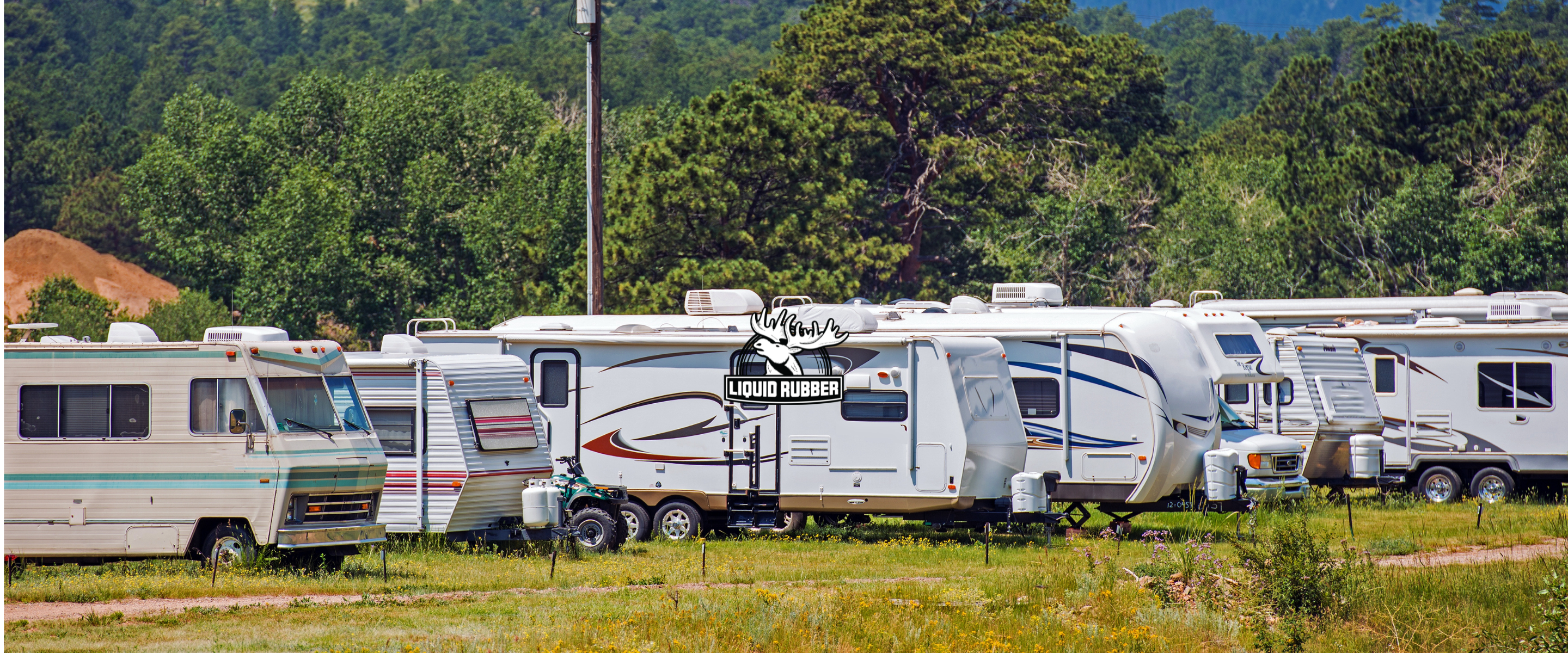Understanding how to waterproof metal roofing is an essential task for any DIY enthusiast. With the advancements in technology, more and more DIYers are relying on liquid rubber waterproofing techniques.
This modern approach is not only easy to use and affordable but also stands out due to its reliability, VOC-free, and non-toxic properties.
 Understanding the Need for Waterproofing Metal Roofs
Understanding the Need for Waterproofing Metal Roofs
Metal roofs are renowned for their durability and longevity, making them a worthwhile investment for many homeowners. They are effective in winterized areas, where the robustness of metal provides extra insulation and prevents roof collapse or sagging due to snowfall and ice buildup.
Despite these benefits, it’s crucial to take the necessary steps to protect your metal roof against the elements. Over time, exposure to harsh weather conditions can contribute to fastener wear and tear, rust, and an overall compromise to the structural integrity of the roof.
The Importance of Waterproofing Metal Roofs
Waterproofing your metal roof with liquid rubber can offer multiple benefits. To begin with, it helps to combat rust and water penetration, two significant threats to the durability of a metal roof. And a waterproof seal can protect the roof from wind damage, which might result in lost fasteners or parts of the roof compromising its integrity.
What's more, a waterproofed metal roof can reduce heat absorption, leading to energy savings, and maintain the aesthetic appeal of your roof, particularly if it's showing signs of age. According to a 2019 survey by NAR, 74% of homeowners actively pursue home improvement projects to enhance their property's aesthetics. Waterproofing your metal roof can contribute significantly to this endeavor.
Identifying the Causes of Leaks in Metal Roofs
Before you can start on waterproofing your metal roof, it's crucial to identify any potential sources of leaks or damage. Common indicators of a leaking metal roof include loose or missing fasteners, panel damage, open headwalls or flashings, missing trim, and rust damage. These issues, if unaddressed, can lead to significant water damage to both your roof and the structures beneath it.
Preparing Your Roof for Waterproofing
Before you begin the waterproofing process, ensure that your roof is well-prepared. Here are some steps to guide you:
-
Inspect the Roof: Check for loose or missing fasteners, panel damage, open headwalls or flashings, missing trim, gaps in seams, and rust damage.
-
Repair Damages: Any damages identified during the inspection should be repaired before you begin the waterproofing process.
-
Clean the Roof: Use a power washer to remove any loose debris and rust.
-
Dry the Roof: Allow the roof to dry thoroughly after washing.
The Power of Liquid Rubber Technology
Liquid Rubber technology has emerged as a game-changer in the world of metal roof waterproofing. It's the liquid version of EPDM sheets, a roofing material known for its reliability, especially on metal roofs. The significant difference between liquid rubber and other coatings lies in the water vapor transmission.
Liquid Rubber is hydrophobic, meaning it repels water. Once applied, it instantly waterproofs the surface, and the water vapor transmission is extremely low. This quality makes it ideal for waterproofing metal roofs, as it fully seals the substrate, preventing harmful amounts of moisture from penetrating.
How to Waterproof Your Metal Roof with Liquid Rubber
With the right products and a bit of patience, waterproofing your metal roof with Liquid Rubber can be a straightforward DIY project. Here are the steps to guide you:
- Tighten, add, or replace all loose fasteners.
- Remove any loose debris and rust.
- Clean the roof thoroughly.
- Apply Liquid Rubber Seam Tape to any seams or cracks greater than 1/8th of an inch long.
- Use Liquid Rubber Sealant & Adhesive Caulk on smaller seams and cracks.
- Apply Liquid Rubber Waterproof Sealant over the entire roof.
- Allow the sealant to dry between coats.
- For a colored option choose our Liquid Rubber Color Sealant instead.
The Best Time to Waterproof Your Metal Roof
The best time to waterproof your metal roof is when temperatures are above 10C/50F, and there's no precipitation forecast. For areas prone to morning dew, the early part of the day works best to allow time for drying between coats and before the next morning.
Wrapping Up
Liquid Rubber Waterproof Sealant is a reliable, cost-effective, and environmentally-friendly solution to waterproof your metal roof. It not only protects your roof from rust and weather damage but also improves the overall appearance of your property. The DIY community has embraced this easy-to-use technology, and it's indeed a must-try for all home improvement enthusiasts.
For more DIY tips related to home projects, check out this article.




